Dental Implants are not just small screws. They are an engineered solution with many parts that work together to provide you with the highest quality of life possible. Implants lead to a high quality of life because they’re proven to help you function better in your daily activities. Allowing you to be more independent and less reliant on others for assistance. And here’s why: Implants are smaller and more cosmetically pleasing than other devices. Implants have a faster recovery time, to replace missing teeth. But most importantly, implants allow for continued activity and mobility for years after the procedure is complete. With so many benefits, it’s no wonder why there has been such an increase in implant procedures across the globe.
What is a good quality life?
For the purpose of this article, high quality of life refers to a person’s ability to function in their daily activities unassisted, as well as their ability to interact with others and their environment with little to no issues. Implants have the unique ability to help you reach this high quality of life. There are many factors that go into defining a person’s quality of life.
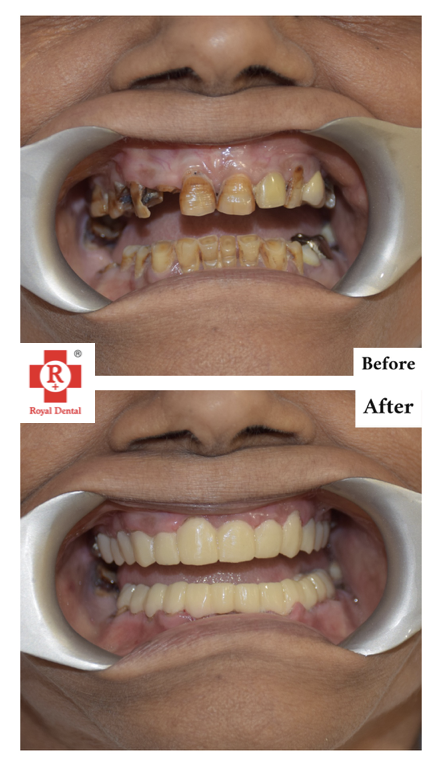
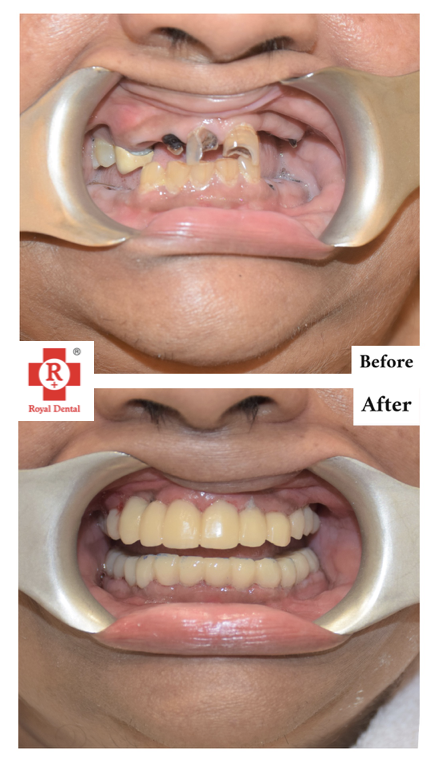
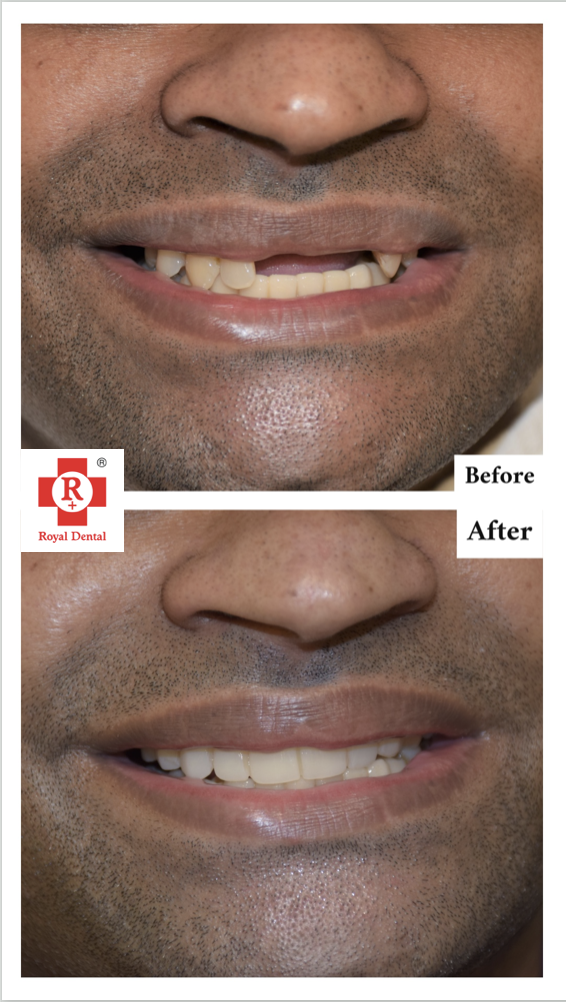
These include but are not limited to: mobility, communication, ability to socialize and engage in activities, pain levels, and energy levels. An implant procedure can affect one (or all) of these factors. And it is in the best interest of the patient to ensure the implant used is the most appropriate for their needs and desires.
Improved activities and mobility after dental implant
In the simplest terms, implants are a medical intervention to replace parts of the body that are not functioning optimally. For example, if you suffer from arthritis in your knee, a knee replacement procedure may be recommended. A knee replacement uses a small implant (such as a metal, ceramic, or plastic shell) to replace the cartilage and bone that are causing the pain.
The implant is attached to surrounding tissues and the bones in the knee via screws or other types of fixation. Once the implant has been properly positioned. The damaged tissue is surgically removed and the implant is attached to the new tissue. Over time, the body will reattach to the implant, making it a permanent solution to help with pain and functionality.
Better communication and tasting
The mouth is a delicate ecosystem of teeth, gums, and soft tissue that houses our teeth. The mouth is important for chewing and tasting food, as well as for speaking clearly. Unfortunately, some people experience tooth loss due to disease or injury. Which can lead to significant changes in the way they chew, taste, speak, and interact. This is especially true as we age and our teeth become more susceptible to disease.
To address this, implants can be placed into the jaw to replace missing teeth. This helps maintain proper chewing and speaking abilities while improving the overall aesthetics of the mouth. Because they are placed in the bone and are secured via screws and other types of fixation, implants are the perfect solution for tooth loss.
Dental implants can save your time
Think of all the time you spend cutting your food into the tiniest pieces. Scrubbing your dentures clean, and messing with different adhesives to keep them in your mouth. With dental implants, you will save tons of time because your replacement teeth are fixed in your mouth. You can eat normal-sized bites of food and never mess with another type of adhesive again.
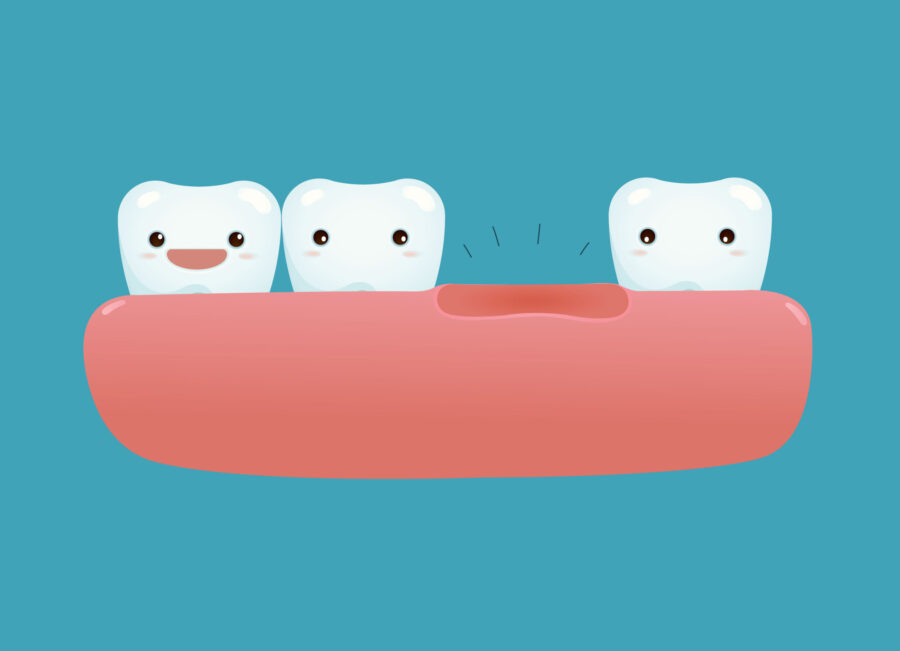
Chewing and smiling feel natural
Whenever you smile or chew with dentures in your mouth. You might constantly worry whether they’re going to fall out or look too obvious. The actions feel unnatural and uncomfortable. However, once you upgrade to dental implants, chewing and smiling will feel completely natural again. The dental implants work just like tooth roots so your replacement teeth are secure in your mouth and just as functional as natural teeth.
Pain and strain relief after dental implant
Implants can also provide pain and strain relief when they replace joints such as the knee and shoulder. Joints are where two or more bones meet and allow people to move the way they need to throughout the day. As we get older, our joints are at higher risk of wear and tear, which can lead to conditions such as arthritis. This can cause pain, swelling, and reduced mobility in the joint.
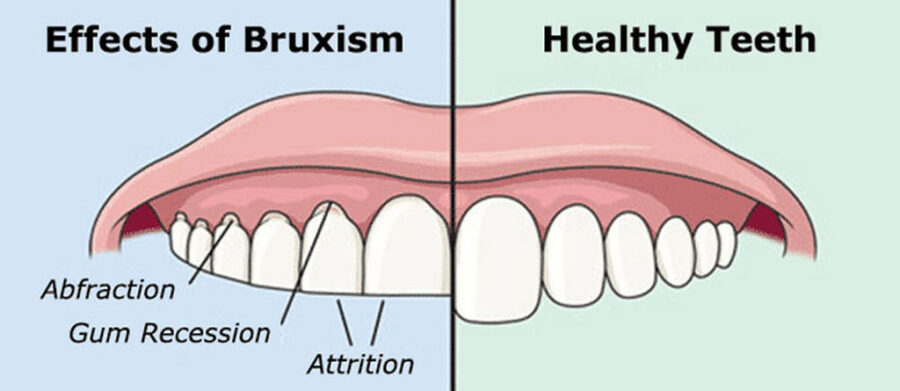
A surgical procedure is often recommended to replace the damaged joint with an implant. The implant will provide pain relief and will often last longer than other types of devices such as braces or crutches. For example, a knee replacement procedure calls for an implant to replace the damaged joint and allow the individual to walk and move around freely.
Reduced limiting factors
For patients who have limited movement or dexterity in their hands, implants may be the solution. There are many types of hand problems, including arthritis, carpal tunnel, injury, or neurological disorders. These conditions can lead to pain, reduced dexterity and strength. And difficulty completing tasks such as writing or picking up heavy items. For these patients, implants can be used to replace joints such as the thumb joint. This can allow them to regain dexterity and reduce pain in the hand.
Summing it up
Implants lead to the highest quality of life by improving activities, mobility, pain levels, strain relief, and reducing limiting factors. They do this by being a medical intervention used to replace parts of the body that are not functioning optimally. For example, implants can be used to replace joints such as the knee or thumb, teeth, or other parts of the body. An implant is a medical device that is used to replace a damaged or missing part of the body. Implants can be used in the knee, shoulder, or even the mouth to replace joints, teeth, or missing tissue. They can also be used to correct movement issues in the fingers and hands.






